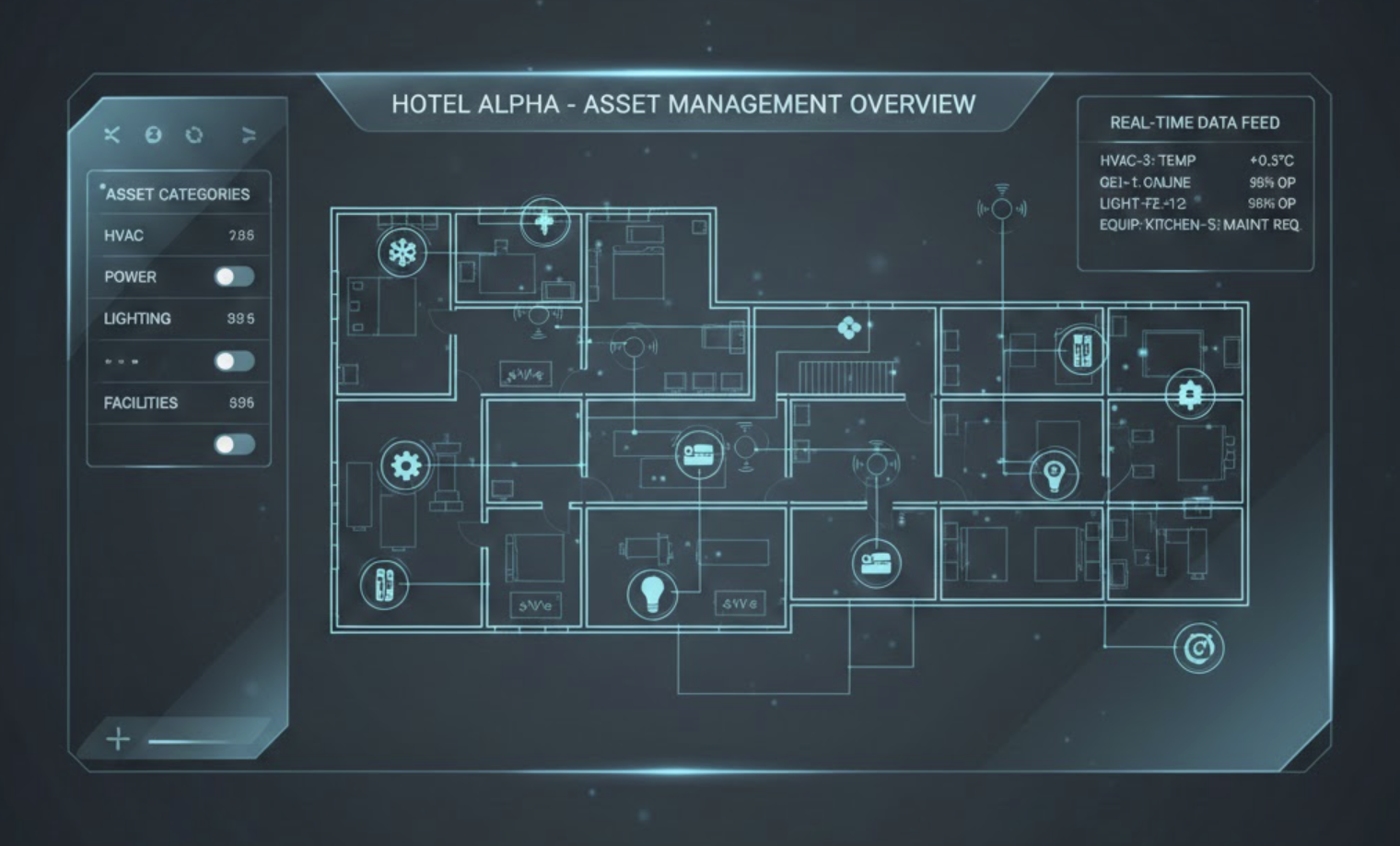Who Approved What? A Case for Transparent Document Logs
In today’s fast-paced construction environment, transparency is essential for effective communication, collaboration, and compliance. Organizations seeking to enhance their document management processes find immense value in utilizing transparent document logs. These logs not only ensure a clear and auditable record of every document-related activity but also bolster accountability, streamline operational processes, and facilitate adherence to regulatory requirements, ultimately leading to more efficient project management.
Key Concepts of Transparent Document Logs
Definition and Importance
Transparent document logs serve as vital tools in maintaining a detailed and auditable record encompassing all activities related to document management. By tracking who accessed, reviewed, approved, or made changes to documents—along with timestamps of these actions—teams can cultivate trust within and among stakeholders. This essential aspect of construction risk management significantly enhances operational efficiency and compliance capabilities.
Benefits
Improved Accountability
With transparent document logs, organizations can establish a clear audit trail that facilitates pinpointing accountability. By utilizing digital signatures linked to specific individuals, the review and approval processes become more efficient, decreasing the potential for disputes and miscommunication over document changes.
Streamlined Processes
Accessibility to vital information promotes operational efficiency. Transparent document management reduces downtime by enabling rapid identification of bottlenecks in workflows. With tools like Zepth’s Document Register, users can enjoy streamlined access to pivotal project documents, minimizing delays and fostering seamless project execution.
Compliance Management
Standardizing the approval process through automated document tools significantly aids in compliance management. When stakeholders operate within established business rules, compliance risks diminish, leading to decreased chances of non-compliance issues. Zepth’s comprehensive compliance management features ensure that construction firms consistently meet industry regulations and standards.
Use Cases of Transparent Document Logs
Internal Audits
When conducting internal audits, transparent document logs transform what is often a cumbersome process into a streamlined examination period. Easy access to complete audit trails allows auditors to navigate through necessary information efficiently, thereby reducing both timeframes and costs associated with audits.
Regulatory Compliance
Organizations operating in heavily regulated sectors, such as healthcare and finance, require meticulous monitoring of document logs to demonstrate adherence to rigorous compliance standards. Transparent logs serve as vital evidence to showcase compliance efforts, alleviating the burden of regulatory scrutiny.
Collaboration and Efficiency
In a project management context, these logs significantly boost collaboration among team members. By providing real-time insights into workflows, stakeholders can remain informed about document progress. Enhanced visibility fosters continuity and coordination across teams, reducing delays and enabling timely decision-making.
Best Practices for Implementing Transparent Document Logs
Clear Definition of Log Contents
Defining what is logged is crucial for ensuring relevance and clarity. It is important for organizations to specify the types of activities to be tracked in order to maintain meaningful logs.
Append-Only Logs
Implementing append-only logs reinforces data integrity, as it guarantees that once entries are made, they cannot be altered or removed. This feature secures the authenticity of audit trails.
Read and Write Transparency
Transparency for both read and write activities enhances the system where external users, such as auditors, can easily verify logs. It fosters an environment of openness, reducing doubts about the integrity of the documented activities.
Role of Zepth in Enhancing Transparency
Project Documentation
With Zepth, all project documents—including approvals, modifications, and views—are meticulously tracked, providing a robust and transparent audit trail. Stakeholders are well-informed about who approved changes, the nature of those modifications, and their timing. This clarity enhances the entire document management lifecycle.
Compliance Management
Zepth effectively integrates compliance checks into its document management system, supporting construction firms in meeting industry regulations. By maintaining a comprehensive framework for document tracking, Zepth assists teams in avoiding potential compliance pitfalls.
Collaboration Tools
Zepth’s collaborative features capitalize on transparent document logs to ensure teams have access to the latest project information. This promotes continuous tracking and timely updates, enhancing team productivity. For an in-depth understanding of how Zepth can transform your construction management processes, explore Zepth’s solutions.
Relevant Statistics
According to a study by PwC, organizations with sophisticated document management systems, like Zepth, save an average of 40% of time spent during audits. This time efficiency speaks volumes about the value of adopting a transparent log system.
Emerging Innovations and Tools
Today’s advanced document management systems, such as Zepth, leverage technology to ensure precise tracking of all document-related activities, thereby establishing a comprehensive audit trail. Additionally, document approval software offered by Zepth increases visibility across workflows while reducing errors. These advanced tools greatly enhance accountability and overall operational efficiency.
By integrating transparent document logs into their workflows, construction companies significantly enhance operational efficiency, compliance, and collaboration. The outcome is a more streamlined and trustworthy process that caters to the evolving needs of the construction industry. Zepth is at the forefront of these critical advancements, helping organizations ensure they keep pace with industry demands.




